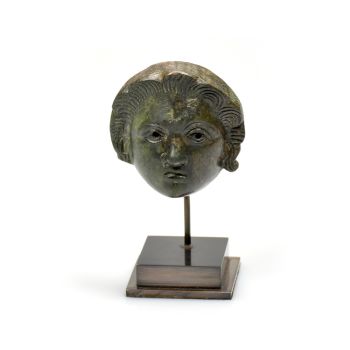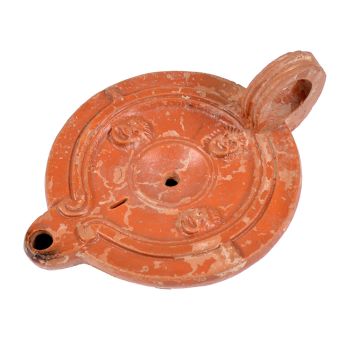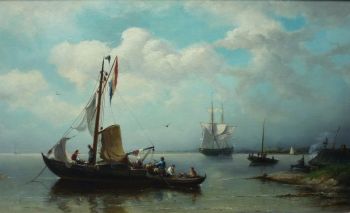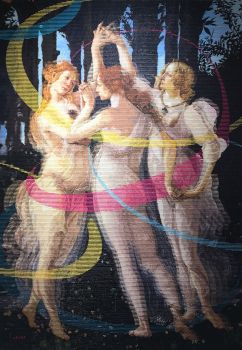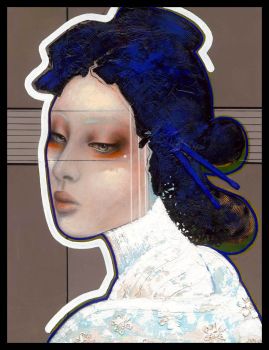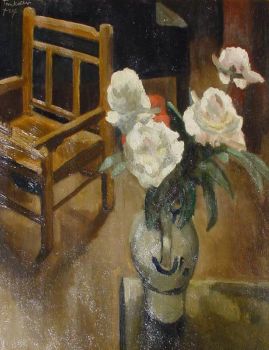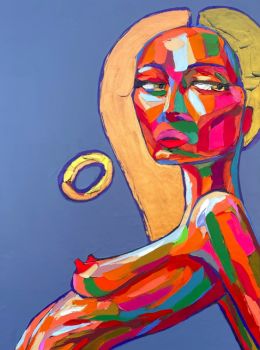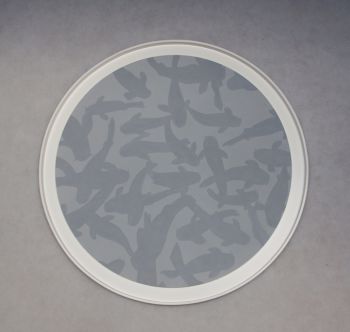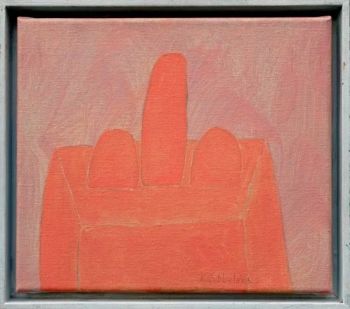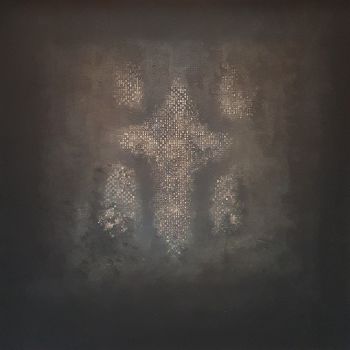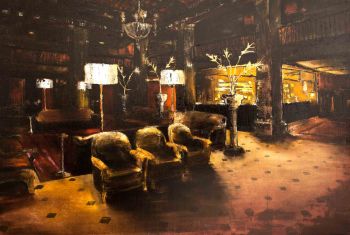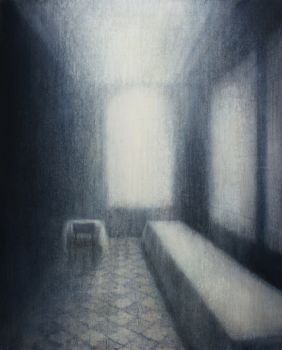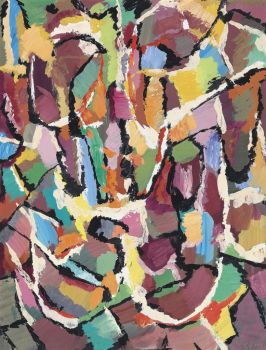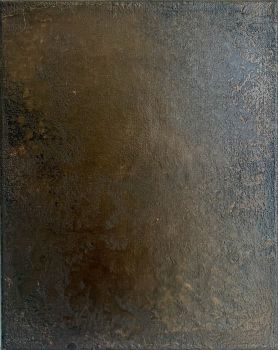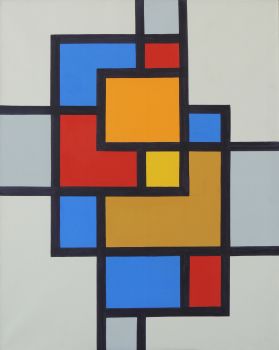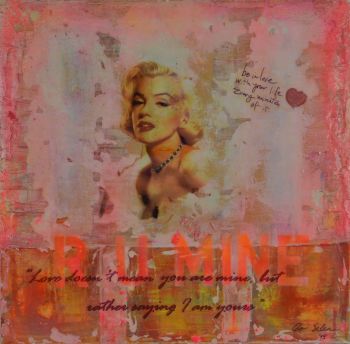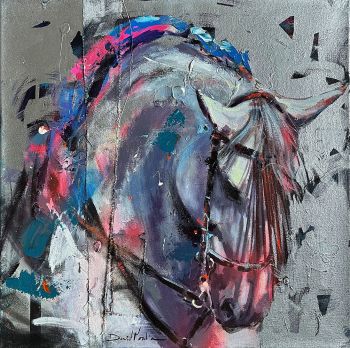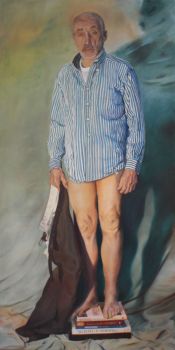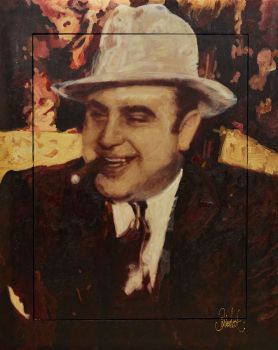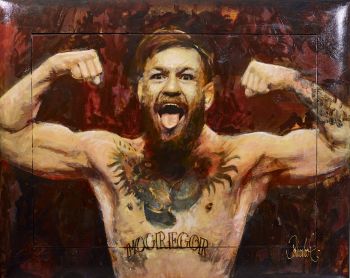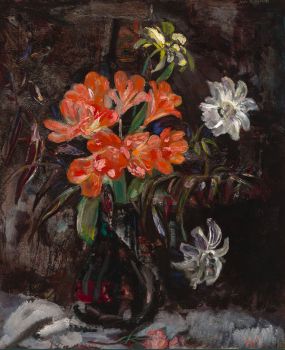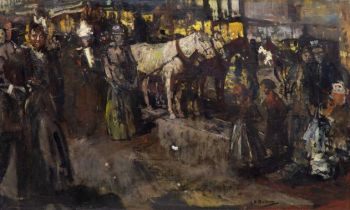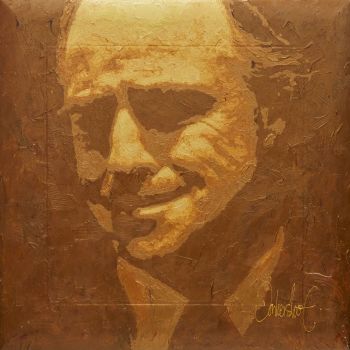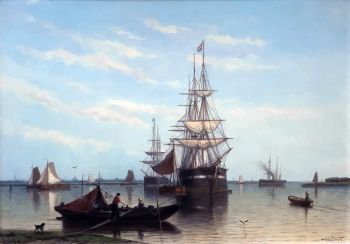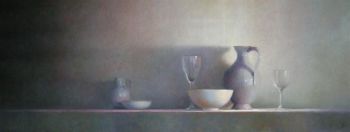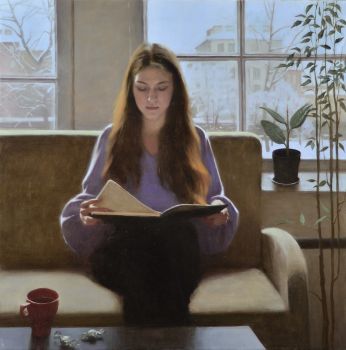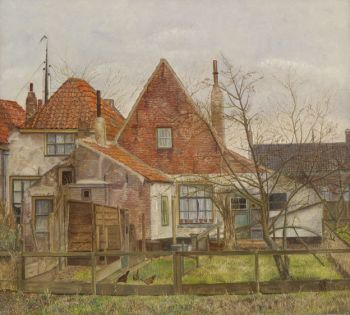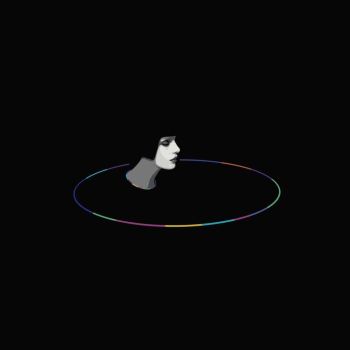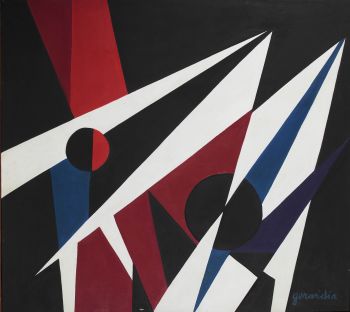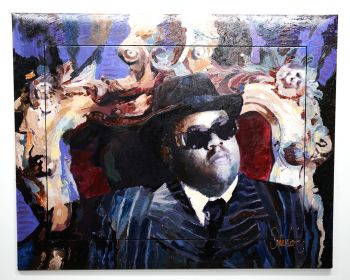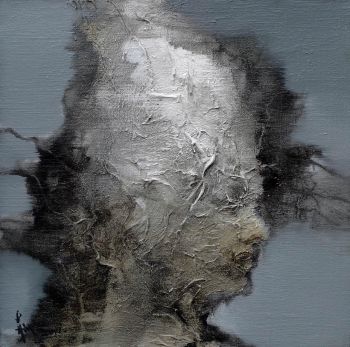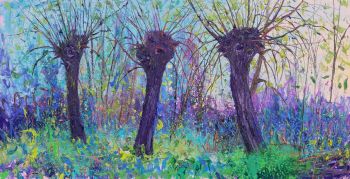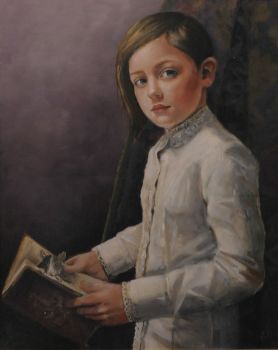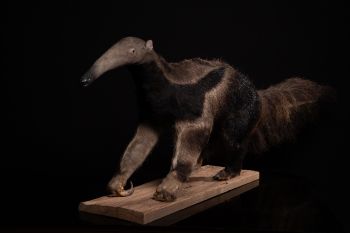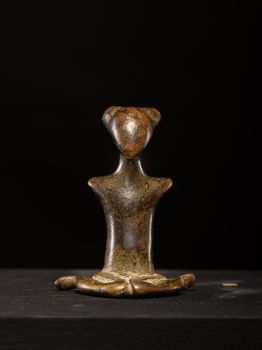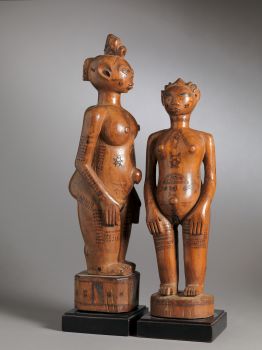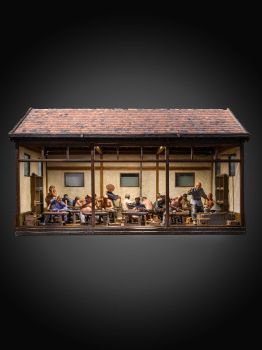16th C Portraits of Sultans Murad III (1546–1595) and Isa Celebi (died in 1403), identities inscribe 1580 - 1600
Artista Desconhecido
Óleo sobre tela original
95 ⨯ 76.50 ⨯ 2.90 cm
ConditionVery good
Preço em pedido
Spectandum Gallery
- Sobre arteThe capture of Constantinople in 1453 by the young Mehmed II ("The Conqueror") not only sparked this interest, but the young sultan himself, who invited European painters to his court, also fueled this trend. The period following his reign saw relations between the Republic of Venice and its powerful neighbor reach a state of relative calm, initiating a period of exchanges and trade. Situated at the crossroads of East and West, the Ottoman Empire absorbed a wide range of influences, including Chinese, European, and Persian, to produce a distinctive and cohesive artistic language across a range of decorative arts with elements both rococo and baroque, marked by an increasingly open attitude towards all things European. The production of Orientalist paintings is rich in topographical landscapes of Istanbul, genre scenes, and portraits of notable Ottomans.Europe's fascination with its powerful Muslim neighbors inspired a wave of narratives and paintings about the Ottoman world. The two portraits of Sultans Murad III (1546-1595) and Isa Celebi (died in 1403), depicted in three-quarters view and wearing large turbans and richly embroidered cloaks, were directly influenced by the paintings of Paolo Caliari, called Paolo Veronese. The original series of fourteen portraits of Ottoman sultans by Veronese inspired the creation of several painted decorations between the late 16th and 19th centuries. The paintings served as significant diplomatic gifts.
A complete set, executed by one of Veronese's disciples, is now in the Collection Bayerische Staatsgemäldesammlungen, Munich (inv. No. 2243) (R. Kultzen and P. Eikemeier, Venezianische Gemalde des 15. Und 16. Jahrhunderts, Bayerische Staatsgemäldesammlungen, Munich, 1971, pp.236-9). It is worth noting a set of portraits kept at the Topkapi Palace in Istanbul, which were shipped from Venice to Istanbul in September 1779. They were most likely the result of a request from the Grand Vizier Sokollu Mehmed Pasha, who wished to establish a local genealogy of the Sultans, to Niccolò Barbarigo, the Venetian ambassador to Constantinople, for such works. Paolo Giovio (1483-1552), the Italian historian and biographer, is also known to have owned a series of portraits of Ottoman sultans that he commissioned based on a group of miniatures that Barbarossa, the admiral of Suleiman the Magnificent, offered to a French commander in gratitude in 1453. Only one painting from this series still exists, depicting Sultan Mehmed I (now in the Archaeological Museum of Como). In addition to the complete sets in Munich and Istanbul, at least two fragmentary sets of sultan portraits exist in the Topkapi Palace. Literature :
F.Çağman, "The Sultan's Portrait: Picturing the house of Osman", Topkapi Palace Museum, Istanbul, June 6-September 6, 2000, Istanbul, Işbank, 2000). https://www.sothebys.com/en/buy/auction/2022/royal-noble/the-newbattle-turks-a-set-of-6-historical - Sobre artista
Pode acontecer que um artista ou criador seja desconhecido.
Algumas obras não devem ser determinadas por quem são feitas ou são feitas por (um grupo de) artesãos. Exemplos são estátuas dos tempos antigos, móveis, espelhos ou assinaturas que não são claras ou legíveis, mas também algumas obras não são assinadas.
Além disso, você pode encontrar a seguinte descrição:
•"Atribuído a …." Na opinião deles, provavelmente uma obra do artista, pelo menos em parte
• “Estúdio de…” ou “Oficina de” Em sua opinião um trabalho executado no estúdio ou oficina do artista, possivelmente sob sua supervisão
• "Círculo de ..." Na opinião deles, uma obra da época do artista mostrando sua influência, intimamente associada ao artista, mas não necessariamente seu aluno
•“Estilo de…” ou “Seguidor de…” Na opinião deles, um trabalho executado no estilo do artista, mas não necessariamente por um aluno; pode ser contemporâneo ou quase contemporâneo
• "Maneira de ..." Na opinião deles, uma obra no estilo do artista, mas de data posterior
•"Depois …." Na opinião deles uma cópia (de qualquer data) de uma obra do artista
• “Assinado…”, “Datado…” ou “Inscrito” Na opinião deles, a obra foi assinada/datada/inscrita pelo artista. A adição de um ponto de interrogação indica um elemento de dúvida
• "Com assinatura ….”, “Com data ….”, “Com inscrição ….” ou “Tem assinatura/data/inscrição” na opinião deles a assinatura/data/inscrição foi adicionada por outra pessoa que não o artista
Você está interessado em comprar esta obra de arte?
Artwork details
Related artworks
- 1 - 4 / 12
Peter Paul Rubens (circle of)
Portrait of a man dressed up as an oriental man1620 - 1630
Preço em pedidoGallerease Selected
1 - 4 / 24Willem Maris
Polderlandschap met koeien en molens op warme zomerdag1880 - 1890
Preço em pedidoPrivate Collection Classic Arts
Tjitske Geertruida Maria van Hettinga Tromp
ACHTER HET HUIS1872 - 1962
Preço em pedidoGalerie Het Noorderlicht
1 - 4 / 24Artista Desconhecido
Pair of 19th C French Taxidermy Dioramas1860 - 1890
Preço em pedidoSpectandum Gallery
1 - 4 / 12
















